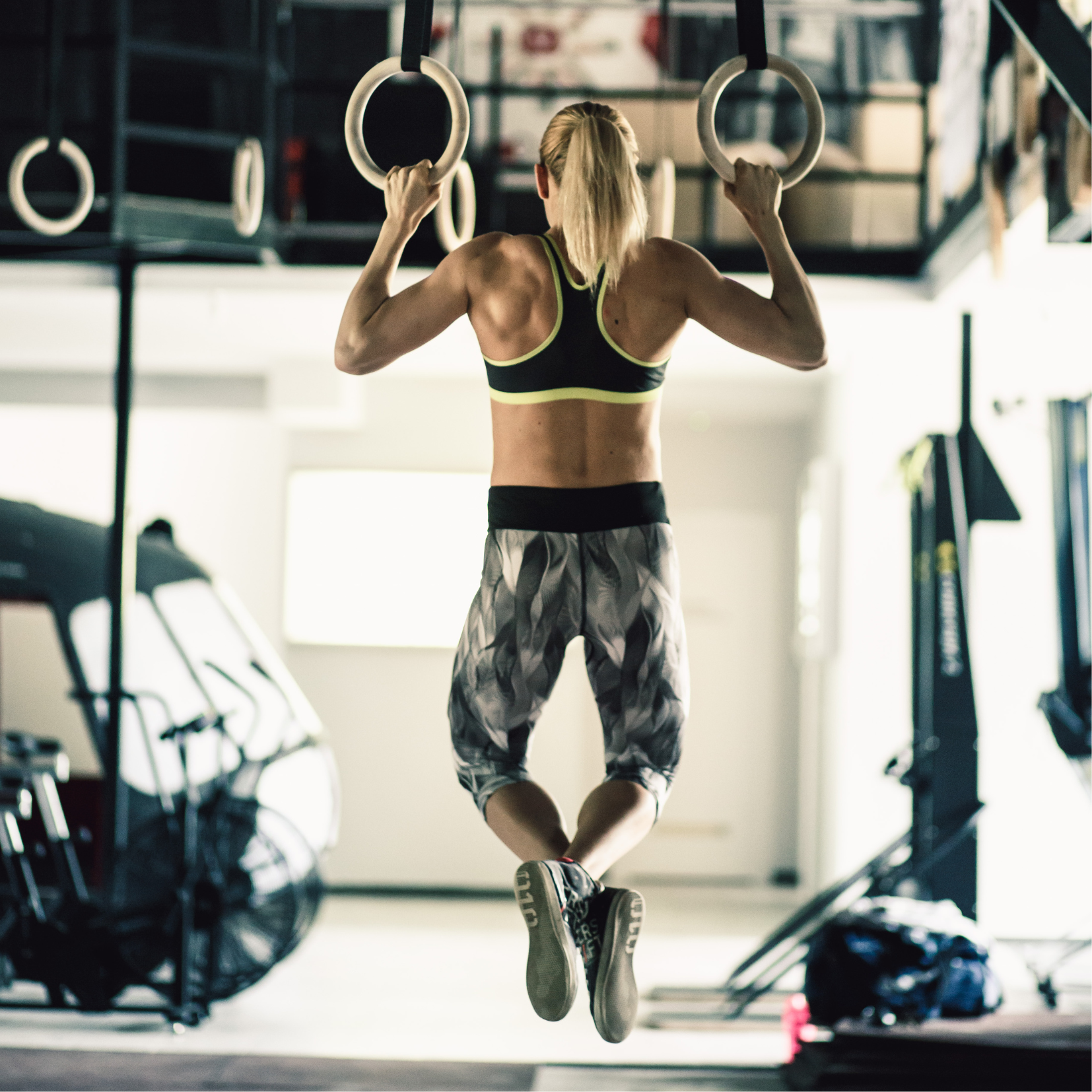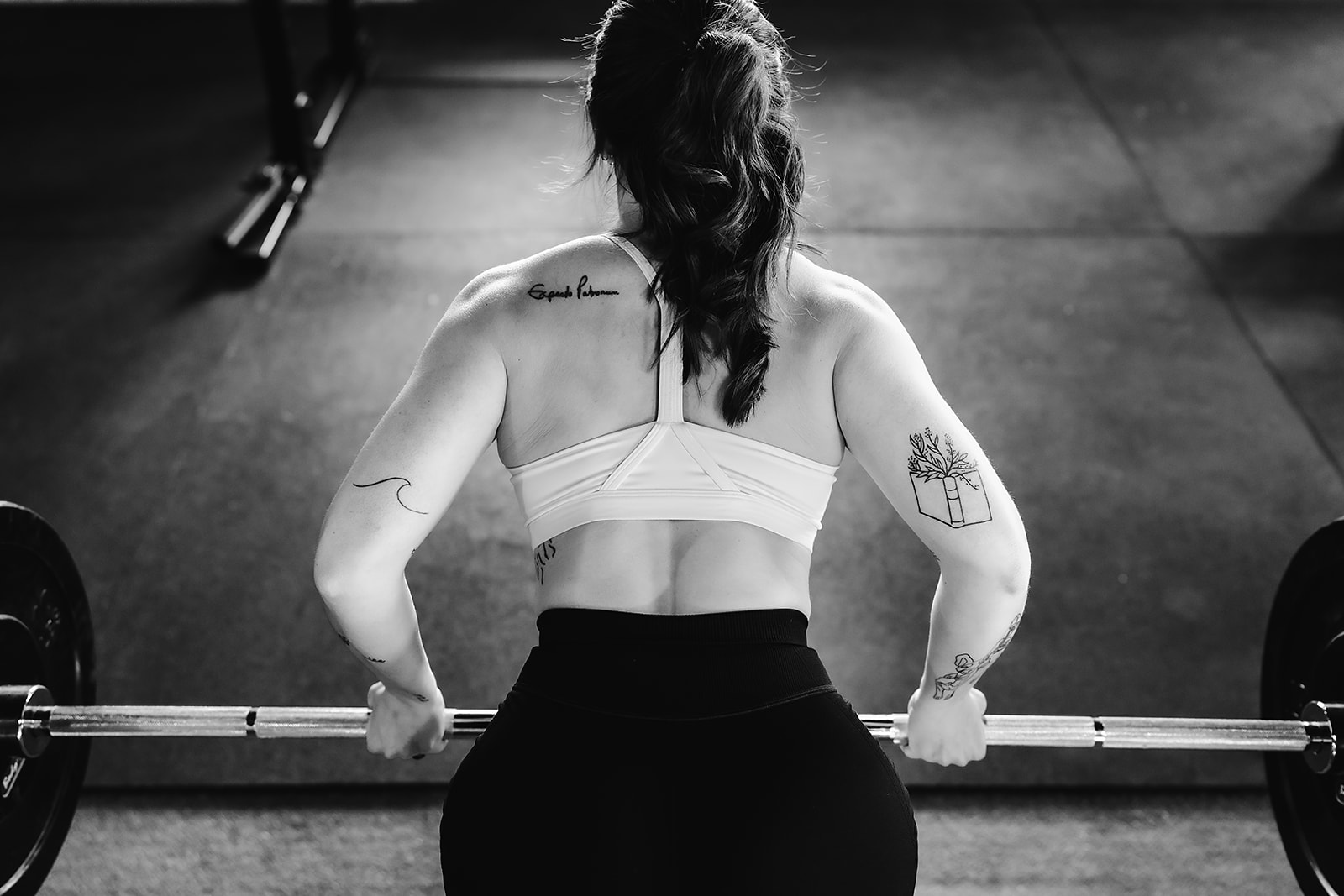Knee valgus is defined in its simplest form as inward rotation of the knee (hip adduction and hip internal rotation). This blog is focused on knee valgus as it relates to the barbell back squat. If you’ve seen this happen during a squat before, you’ve probably witnessed the knee caving inward on the concentric portion of the squat when the lifter is coming out of the hole and trying to grind through a rep. If you train for powerlifting or have ever done a set of heavy squats, then you may have experienced some sort of knee valgus yourself when working in the heavier percentage ranges.

Knee valgus is not pretty and it is not “good” but also may not be as “bad” as we think, depending on when it happens and how it comes about. Many coaches try to cue their lifters out of this movement and a common cue you might hear is the “knees out” cue. While we do want to limit knee valgus as much as possible, this isn’t the full story.
When we think about knee valgus in terms of the squat, we have to remember that the squat is a bilateral movement and most injuries that result from knee valgus occur from unilateral lower body movements, usually with some sort of jumping or other explosive exercise. These usually don’t occur during barbell sports. It is important to note here that women are at a higher risk for non-contact ACL injuries than men.
The first thing coaches typically say when knee valgus occurs is that the glute medius is probably weak. Coaches then prescribe lateral banded walks until the client’s glutes are numb. Weak glutes could be the culprit, but in order to determine this you have to know your athlete and where their weaknesses fall.
First, we have to look at when knee valgus is occurring:
Is knee valgus happening during the descent/eccentric portion of the squat?
If yes, this is something we want to correct. This typically means there is an issue in stability or strength happening.
Conversely, if it occurs during the ascent at a certain part of the squat (maybe just out of the hole or at the sticking point), it might not be as bad. Some weightlifters might even argue that knee valgus in the bottom of a clean acts as almost a “stretch reflex” to get out of the hole and stand up with the weight.
Is it happening at a certain percentage of their 1 rep max?
If so, maybe we should think about lightening the load and slowing the tempo down while controlling the knees and keeping them tracking the toes the whole time. When considering this, consider where your athlete is in their training career and schedule. Do we have time to retrain this? How close to competition is the athlete? How many years of training does the athlete have under their belt?
Is knee valgus happening when they are going for a max or near max effort work? If yes, then honestly, maybe it’s okay. Athletes don’t max out every day so this isn’t a common occurrence in their training which probably won’t lead to that much of an increased injury risk down the line. Yes, we should still work on controlling that as much as possible, but when meet day comes form is going to break down a little when going for over 100% of 1RM attempts.
What else is happening during the knee caving?
Are the hips shifting or the arches of the feet collapsing? Pay attention to what is happening in other portions of the chain to help determine the severity (and potentially the cause or consequences) of the issue. Are other things suffering other than just a slight inward movement of the knees?
So, is knee valgus bad when squatting? Yes and no.
The takeaway is to figure out when the knee valgus occurs with the athlete so you can figure out a game plan from there on out. Is it something we NEED to correct? Is it something WORTH correcting at this point in time? Do we have a big off season to focus on this? If yes, maybe we work on tempo and controlling the knees tracking the toes with lighter percentages of the client’s 1RM. If the client is in season or closer to competition and the knees only cave briefly when the client is working at heavier loads and when the client is coming out of the squat (on the concentric phase), maybe we don’t worry TOO much about the knee valgus at this point and we simply take note and save it for future focus during the off season.
Every issue should be client-centric.
We need to stop thinking about how people “should” move compared to others and think about how they CAN move in their own bodies and with their own experiences, timelines, goals, and constraints.
Tips to work on knee caving (more explanation on these drills later):
-
Slow, controlled lateral step-downs
-
Tempo squats
-
Tempo box squats
-
Reactive Neuromuscular Training (RNT)
-
Rooting drills (feet)
Heather & Katie
The Power Couple
Ready to take your fitness to the next level? Listen to ‘Stronger than your Boyfriend‘ podcast for expert advice, then join our personal training program! Whether you want workout tips or individual coaching, we’ve got you. Transform your body and mindset today. Start the podcast and enroll in our program to smash those fitness goals together!



